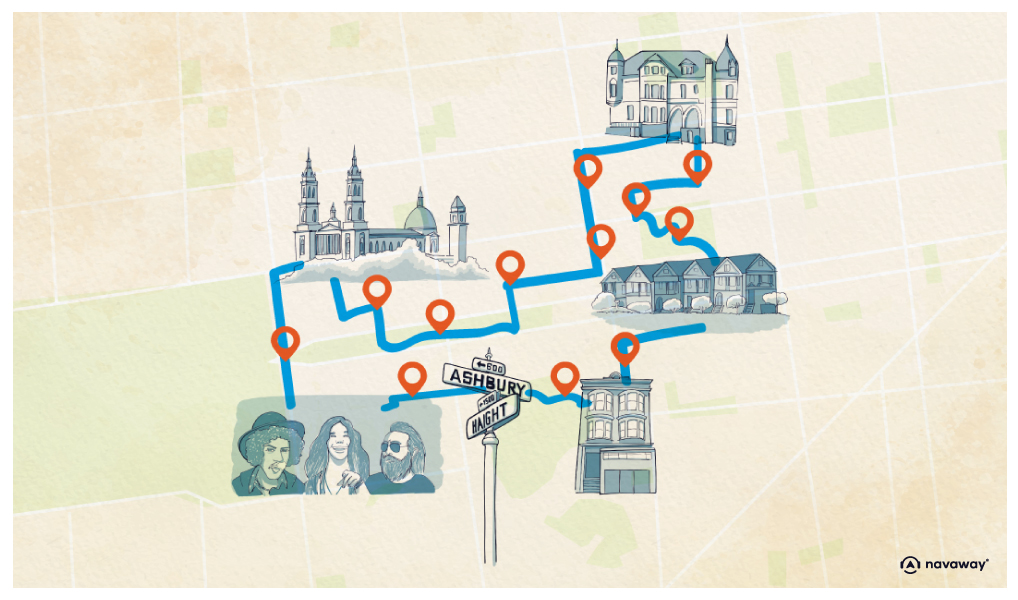
Haight Ashbury
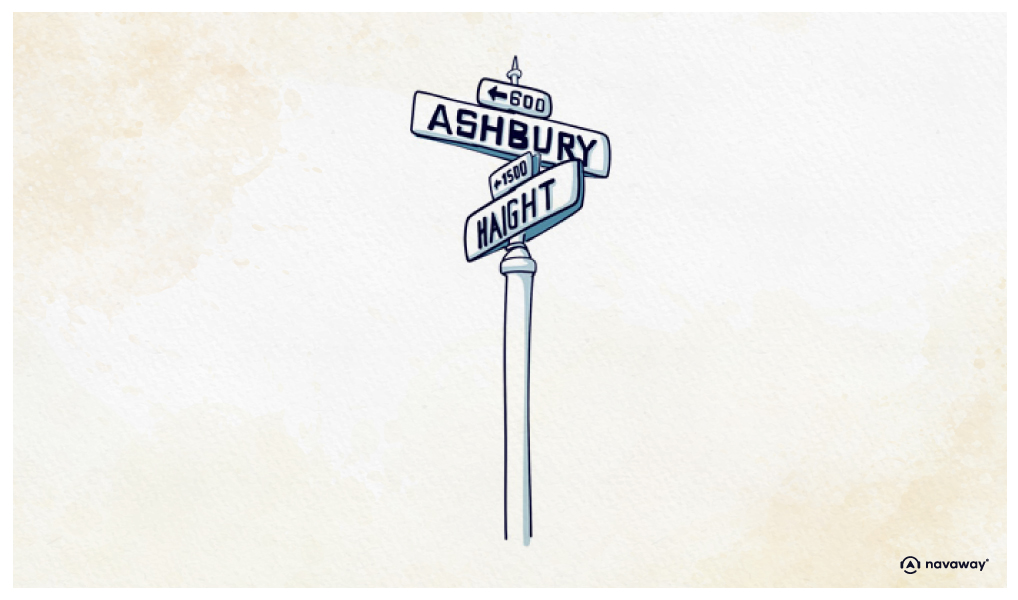
This point of interest is available as audio on the tour: Visit San Francisco, The Summer of Love
We’re heading for the heart of the Haight-Ashbury neighborhood. Where it all began and ended rather badly, but foremost left us with a legacy and an “out of the box” way of thinking still in force today. Yes, folks, without the hippies, there would be no yoga or organic bulk groceries! Allow me to take you back to the late 60s in the USA a time that saw the emergence of a vast protest movement. Young people rejected consumerism and violence, fought for civil rights, equal opportunity and women’s liberation. They were against segregation and, above all, against the Vietnam War. “Make Peace Not War”, a well-known phrase that still resonates strongly today. At the same time, a new music scene was born, slightly influenced by the fact that LSD was legal. It was the beginning of psychedelic rock, with bands such as Jefferson Airplane, Grateful Dead and The Holding Company, who had the brilliant idea of hiring a young singer with an extraordinary voice and charisma, Janis Joplin. This was also the era of Acid Tests. The writer Ken Kesey was the creator and godfather of these events. If in fact you know who Ken Kesey is, or even if his name does ring a bell, it’s because his best-selling book was adapted into a film starring Jack Nicholson: One Flew Over the Cuckoo’s Nest. Anyway, at the end of 1965, Ken Kesey launched the first acid test open to the public, with the Warlocks, soon to become the Grateful Dead. In the beginning, it was only private LSD consumption, with his collective the Merry Pranksters, who criss-crossed the United States in a colorful bus, experiencing connected trips that led them to see a deeper meaning in the consumption of LSD. Timothy Leary was also present, a psychedelic activist and LSD’s most famous supporter of its therapeutic and spiritual benefits. Anyway, you get the picture. But what really led to the Summer of Love in the summer of ’67 was the media. In January 1967, the Human Be-In festival took place in Golden Park, and 30,000 flower children, as they were called before the term hippie gained popularity, gathered to listen to poetry and music. All of that while taking LSD of course. So many people attract the press, and the spotlight is suddenly on Haight Ashbury and this hippie counter-culture that preaches peace and love and criticizes the American Way of Life. It is estimated that around 200,000 people from all over the world moved to the neighborhood the following summer, to take part in the hippie experience. Free food and drugs were distributed. The movement fascinated some and repelled others, notably California’s new governor, Ronald Reagan, who described hippies as follows: “A hippie is someone who looks like Tarzan, walks like Jane and smells like Cheetah”. The neighborhood did suffer from overpopulation which braught it’s lot of deterioration to it. Also the arrival of young, stoned and barefootted people living with their doors open attracted a whole other crowed who saw them as prey. Biker gangs, mobsters and drug dealers arrived, bringing with them drugs such as heroin and crack that hippies considered bad. The neighborhood became a dangerous and infamous place bringing many to leave, and others to die from drug overdoses. Nevertheless, the Flower Children left behind a message of protest and launched many movements, such as freedom of expression, ecology and feminism.

Discover other tours to visit San Francisco

Discover San Francisco with app
An interactive guide through the most beautiful streets, squares, and districts
20 fun audioguides full of historical facts, anecdotes, and legends
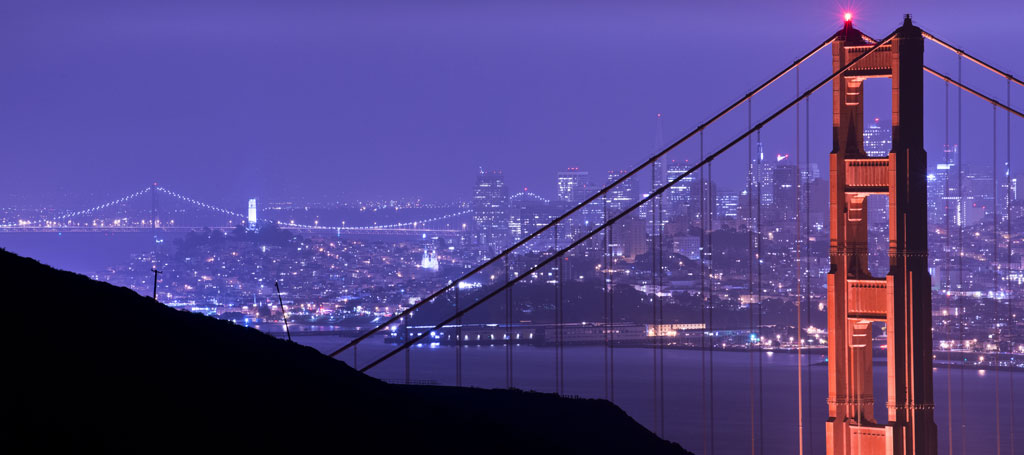
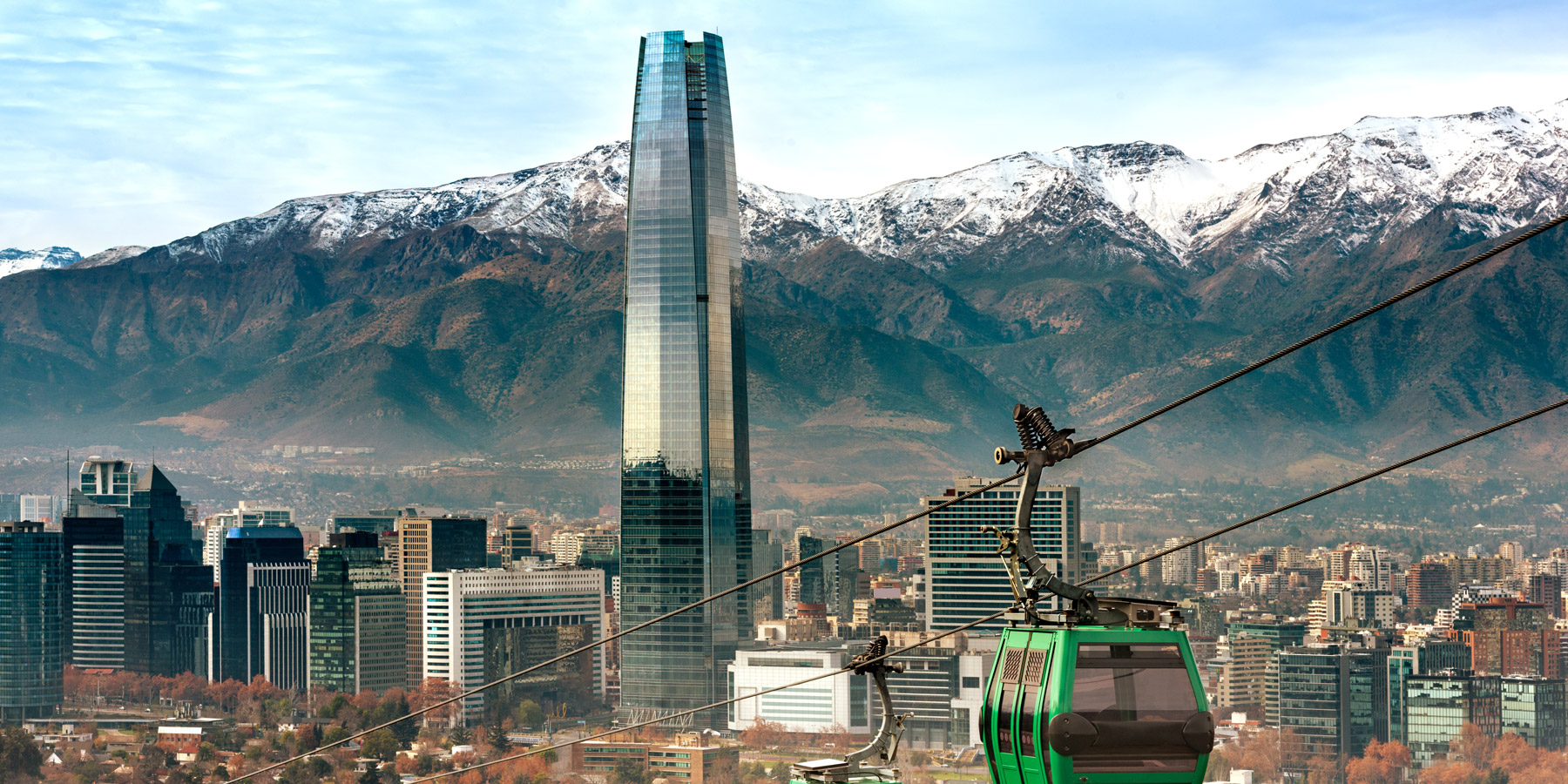
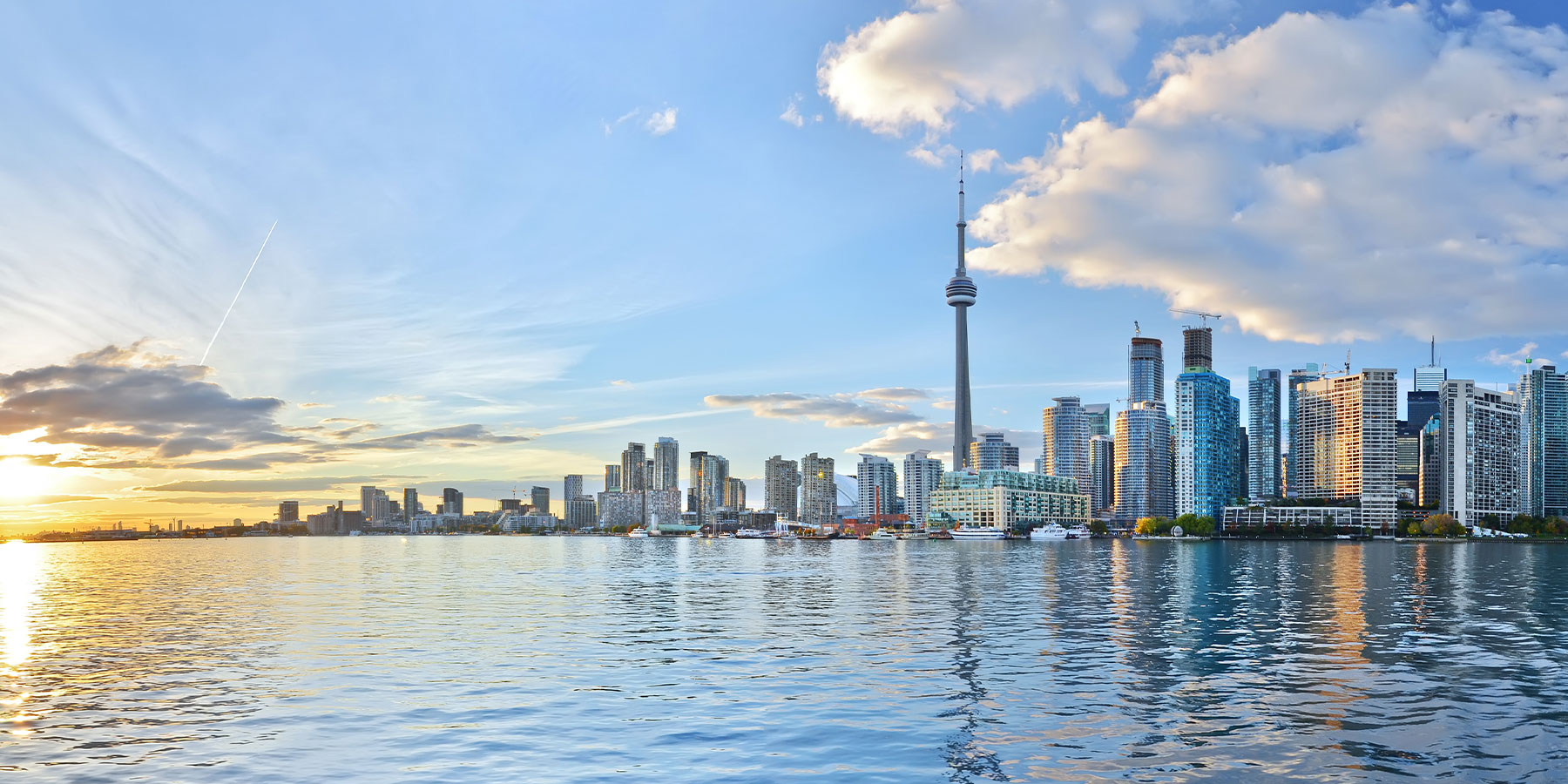



Comments